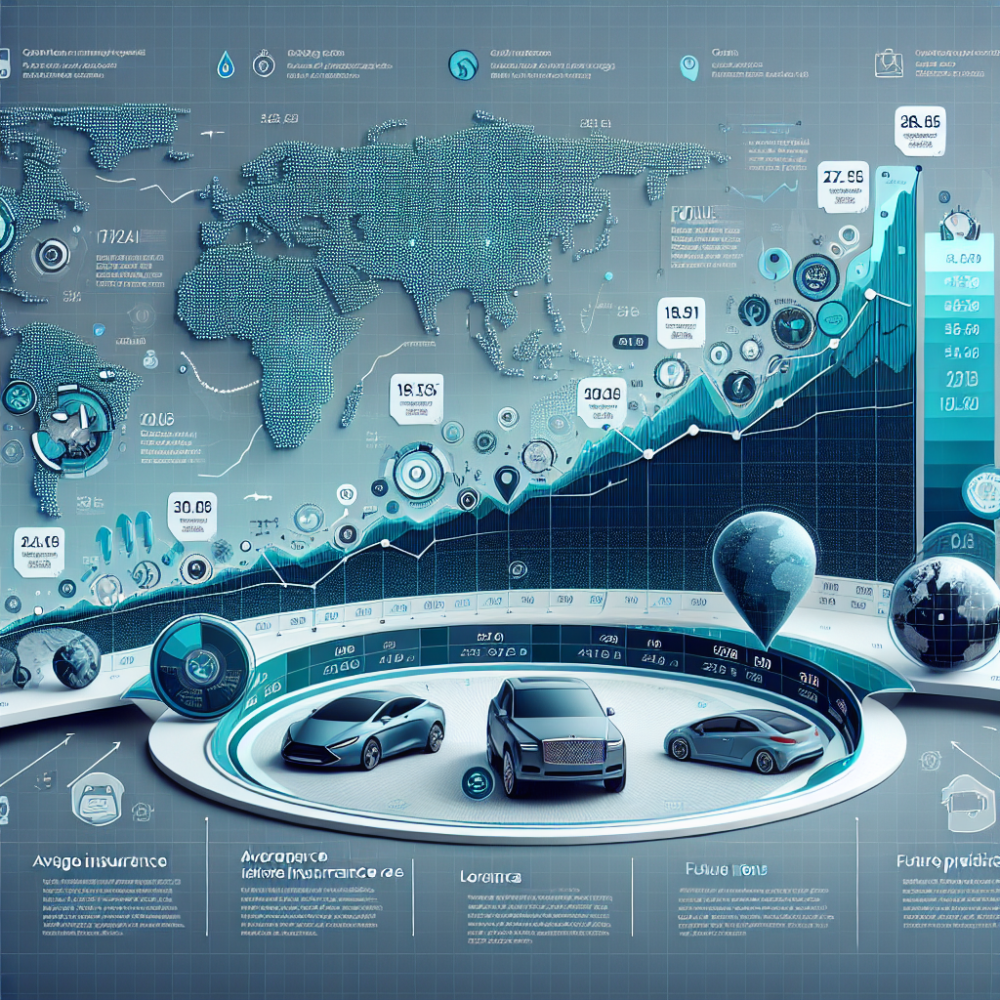The Evolution of Car Insurance Costs

Posted on: Saturday, March 2nd, 2024
In the rapidly changing world of automotive technology, the landscape of car insurance is transforming. With the advent of advanced safety features, the rise of electric vehicles (EVs), and the progressive deployment of autonomous vehicles, insurance premiums are set for a significant evolution. The integration of big data and artificial intelligence (AI) into the underwriting process promises more personalized rates. This shift not only reflects the changing risk profiles associated with new technologies but also adapts to the diverse needs and driving habits of modern policyholders.
1. Telematics and Personalization: Insurance providers are increasingly utilizing telematics technology, gathering data on individual driving behaviors. This allows for more personalized insurance premiums, rewarding safe drivers with lower rates and providing incentives for risky drivers to improve their habits. The future will likely see a continued trend towards usage-based and behavior-based models, taking into account factors like miles driven, time of day, and driving practices.
2. Autonomous Vehicles and Liability Shift: As autonomous and semi-autonomous vehicles become more prevalent, the question of liability in the event of an accident becomes complex. The shift might move from driver liability to manufacturer liability, significantly altering how premiums are calculated. Insurance policies may evolve to cover the technology systems themselves rather than traditional driver coverage.
3. Electrification of Vehicles: The surge in EV popularity introduces new variables into the insurance equation. EVs, with their higher initial costs and specialized repair needs, may initially see higher insurance premiums. However, as the technology becomes mainstream and repair networks expand, insurance costs could decrease, especially if their safety records outperform traditional vehicles.
4. Advanced Safety Features: The incorporation of advanced safety features and driver assist technology in new vehicles has the potential to significantly reduce accidents. Insurance companies are likely to adjust premiums downwards as these technologies prove their value in reducing the frequency and severity of accidents. However, the high cost of repairing and replacing these technologies could conversely affect premiums.
5. Cyber Risk Insurance: With vehicles becoming more connected and reliant on software, the risk of cyber threats increases. Insurance products are expanding to cover cyber risk, protecting owners from hacking and data theft. This new aspect of car insurance is set to become a standard part of policies as technology advances.
6. Climate Change and Weather-Related Premiums: The impact of climate change on weather patterns has implications for car insurance premiums. Insurers may start factoring in the risk of damage from increasingly frequent and severe weather events, potentially raising premiums for drivers in high-risk areas.
7. Dynamic Pricing Models: AI and machine learning enable insurers to adopt dynamic pricing models, adjusting premiums in real-time based on current data. This could lead to more competitive pricing and allow insurers to quickly adapt to changes in risk assessment.
8. Peer-to-Peer Insurance Models: The future might see a rise in peer-to-peer (P2P) insurance models, leveraging blockchain and community pools to reduce costs and increase transparency. This could democratize car insurance, making it more affordable and customizable.
9. The Gig Economy: The proliferation of the gig economy and services like ride-sharing has created new insurance needs. Insurers are offering hybrid policies that cover personal and commercial use, providing flexibility for gig workers. This trend is expected to grow as the gig economy expands.
10. Global Regulatory Changes: Changes in global regulations will continue to shape the car insurance market. For instance, the EU's General Data Protection Regulation (GDPR) influences how insurers collect and use data, impacting pricing strategies. Regulatory environments will play a crucial role in the development and pricing of insurance products.
As we look towards the future, the car insurance industry appears set for a revolution, driven by technological advancements and changing consumer needs. From the way premiums are calculated to the types of coverage offered, policyholders can expect more personalized, dynamic, and comprehensive options. These transformations will not only impact pricing but also fundamentally alter our relationship with insurance providers.